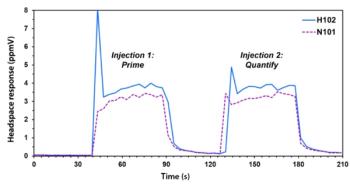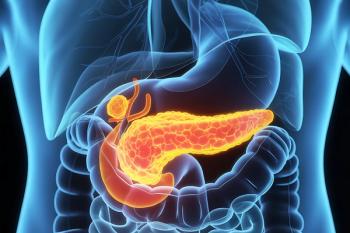
- February 2021
- Volume 17
- Issue 02
Sartorius Expand Chromatography Processing
Sartorius AG Göttingen, Germany, have announced their acquisition of the chromatography process equipment division of Novasep, Lyon, France, through their subgroup Sartorius Stedim Biotech.
Novasep’s chromatography unit comprises resin-based batch and intensified chromatography systems, and primarily focuses on high-pressure, multi-use applications for smaller molecules, such as oligonucleotides, peptides, and insulin. Since 2018, Novasep and Sartorius have been collaborating in the joint development of an optimized system for a membrane-based, low-pressure chromatography that processes larger molecules more productively and that will be launched soon.
“I am pleased that we will intensify our successful collaboration with the Novasep team, soon to be under the Sartorius roof”, said Dr. René Fáber, Head of the Sartorius Bioprocess Solutions Division and Executive Board member.
“This deal marks one of the first steps in our Rise-2 strategic programme to focus the group towards our core business”, said Dr. Michel Spagnol, President and CEO of Novasep. “We are delighted to strengthen our relationship with the Sartorius team and believe it will be a great opportunity for the chromatography equipment business to fully deliver its potential and accelerate its growth under this new ownership“.
For more information please visit: www.sartorius.com
Articles in this issue
almost 5 years ago
Vol 17 No 2 The Column February 2021 North American PDFalmost 5 years ago
Vol 17 No 02 The Column February 2021 Europe & Asia PDFalmost 5 years ago
Laboratory Working in a Post‐COVID Eraalmost 5 years ago
Improving on AOAC 2001.02: GOS Determination in Foods Using HPAEC–PADalmost 5 years ago
Assessing COVID-19-Induced Stress with LC–MSalmost 5 years ago
Agilent and North West Genomic Collaborationalmost 5 years ago
Identifying Markers of Quality in Curry Powder Using GC×GC–TOF-MSalmost 5 years ago
Recognizing Excellence in Separation Science Wherever It’s FoundNewsletter
Join the global community of analytical scientists who trust LCGC for insights on the latest techniques, trends, and expert solutions in chromatography.





